Happy Moon Landing Day 🌕🐇

Happy Moon Landing Day 🌕🐇
More Posts from Ad-astra-affecte-spe and Others

2023 December 16
Crescent Enceladus Image Credit: Cassini Imaging Team, SSI, JPL, ESA, NASA
Explanation: Peering from the shadows, the Saturn-facing hemisphere of tantalizing inner moon Enceladus poses in this Cassini spacecraft image. North is up in the dramatic scene captured during November 2016 as Cassini’s camera was pointed in a nearly sunward direction about 130,000 kilometers from the moon’s bright crescent. In fact, the distant world reflects over 90 percent of the sunlight it receives, giving its surface about the same reflectivity as fresh snow. A mere 500 kilometers in diameter, Enceladus is a surprisingly active moon. Data and images collected during Cassini’s flybys have revealed water vapor and ice grains spewing from south polar geysers and evidence of an ocean of liquid water hidden beneath the moon’s icy crust.
∞ Source: apod.nasa.gov/apod/ap231216.html
Our Weird and Wonderful Galaxy of Black Holes
Black holes are hard to find. Like, really hard to find. They are objects with such strong gravity that light can’t escape them, so we have to rely on clues from their surroundings to find them.
When a star weighing more than 20 times the Sun runs out of fuel, it collapses into a black hole. Scientists estimate that there are tens of millions of these black holes dotted around the Milky Way, but so far we’ve only identified a few dozen. Most of those are found with a star, each circling around the other. Another name for this kind of pair is a binary system.That’s because under the right circumstances material from the star can interact with the black hole, revealing its presence.
The visualization above shows several of these binary systems found in our Milky Way and its neighboring galaxy. with their relative sizes and orbits to scale. The video even shows each system tilted the way we see it here from our vantage point on Earth. Of course, as our scientists gather more data about these black holes, our understanding of them may change.

If the star and black hole orbit close enough, the black hole can pull material off of its stellar companion! As the material swirls toward the black hole, it forms a flat ring called an accretion disk. The disk gets very hot and can flare, causing bright bursts of light.

V404 Cygni, depicted above, is a binary system where a star slightly smaller than the Sun orbits a black hole 10 times its mass in just 6.5 days. The black hole distorts the shape of the star and pulls material from its surface. In 2015, V404 Cygni came out of a 25-year slumber, erupting in X-rays that were initially detected by our Swift satellite. In fact, V404 Cygni erupts every couple of decades, perhaps driven by a build-up of material in the outer parts of the accretion disk that eventually rush in.

In other cases, the black hole’s companion is a giant star with a strong stellar wind. This is like our Sun’s solar wind, but even more powerful. As material rushes out from the companion star, some of it is captured by the black hole’s gravity, forming an accretion disk.

A famous example of a black hole powered by the wind of its companion is Cygnus X-1. In fact, it was the first object to be widely accepted as a black hole! Recent observations estimate that the black hole’s mass could be as much as 20 times that of our Sun. And its stellar companion is no slouch, either. It weighs in at about 40 times the Sun.

We know our galaxy is peppered with black holes of many sizes with an array of stellar partners, but we've only found a small fraction of them so far. Scientists will keep studying the skies to add to our black hole menagerie.
Curious to learn more about black holes? Follow NASA Universe on Twitter and Facebook to keep up with the latest from our scientists and telescopes.
Make sure to follow us on Tumblr for your regular dose of space: http://nasa.tumblr.com

2023 February 22
Our Increasingly Active Sun Image Credit & Copyright: Mehmet Ergün
Explanation: Our Sun is becoming a busy place. Only two years ago, the Sun was emerging from a solar minimum so quiet that months would go by without even a single sunspot. In contrast, already this year and well ahead of schedule, our Sun is unusually active, already nearing solar activity levels seen a decade ago during the last solar maximum. Our increasingly active Sun was captured two weeks ago sporting numerous interesting features. The image was recorded in a single color of light called Hydrogen Alpha, color-inverted, and false colored. Spicules carpet much of the Sun’s face. The brightening towards the Sun’s edges is caused by increased absorption of relatively cool solar gas and called limb darkening. Just outside the Sun’s disk, several scintillating prominences protrude, while prominences on the Sun’s face are known as filaments and show as light streaks. Magnetically tangled active regions are both dark and light and contain cool sunspots. As our Sun’s magnetic field winds toward solar maximum over the next few years, whether the Sun’s high activity will continue to increase is unknown.
∞ Source: apod.nasa.gov/apod/ap230222.html
Hey. Why isn’t the moon landing a national holiday in the US. Isn’t that fucked up? Does anyone else think that’s absurd?
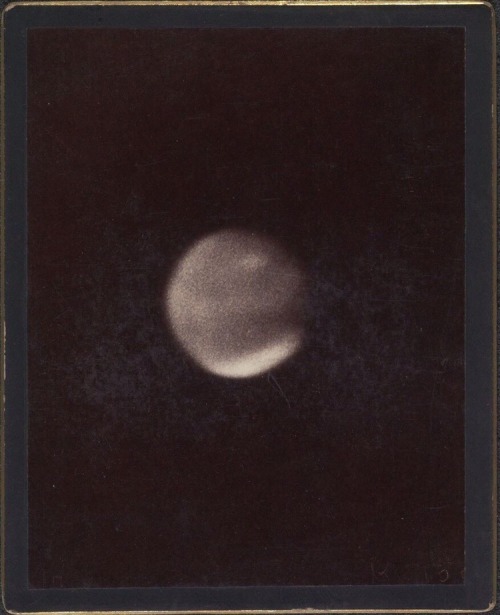
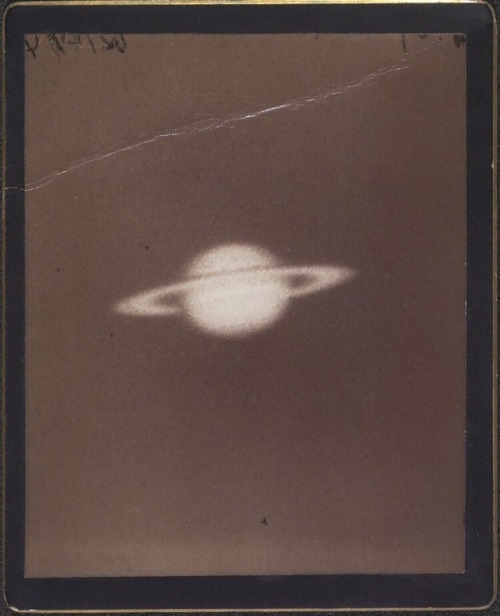
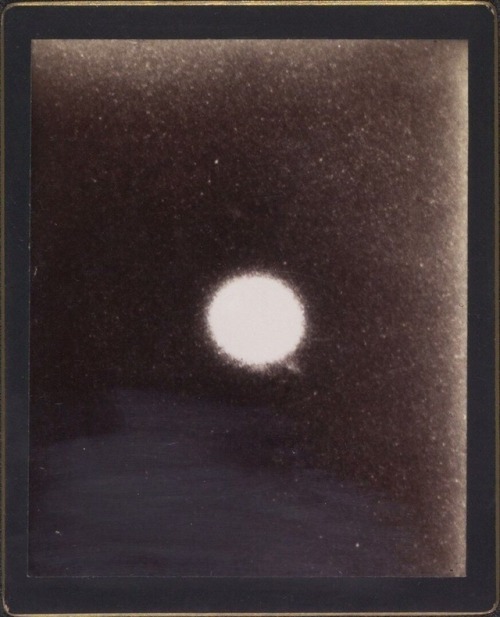
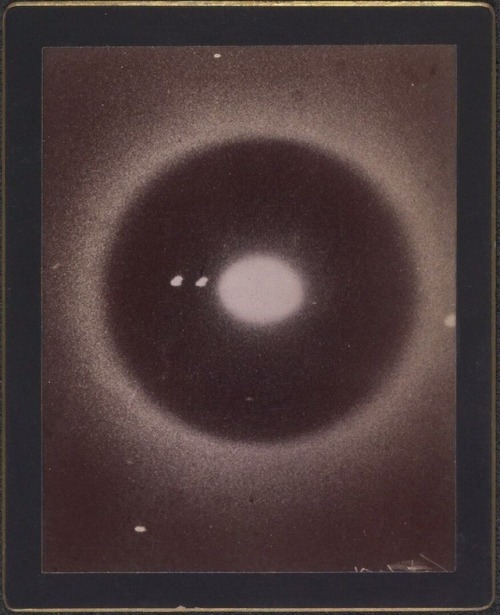
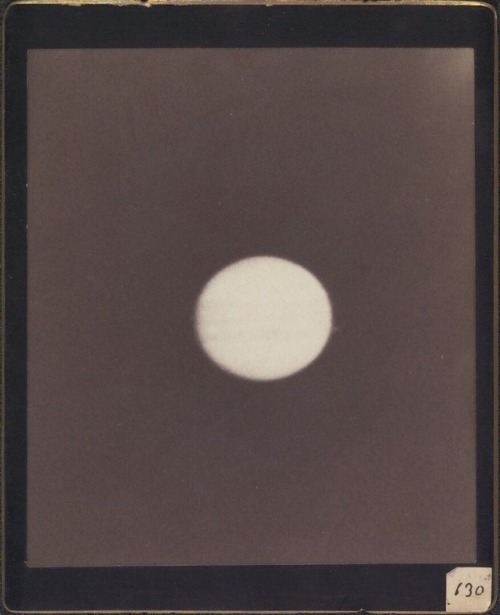
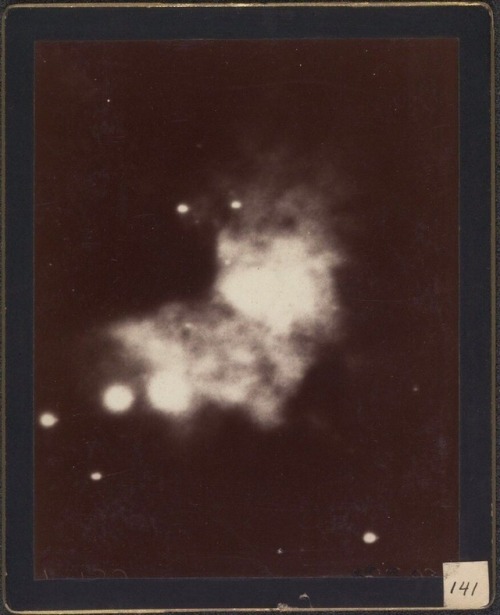
Astronomical photographs, Harvard College Observatory, Cambridge, 1890-1920

The monsters that live on the Sun are not like us. They are larger than the Earth and made of gas hotter than in any teapot. They have no eyes, but at times, many tentacles. They float. Usually, they slowly change shape and just fade back onto the Sun over about a month. Sometimes, though, they suddenly explode and unleash energetic particles into the Solar System that can attack the Earth. Pictured is a huge solar prominence imaged almost two weeks ago in the light of hydrogen. Captured by a small telescope in Gilbert, Arizona, USA, the monsteresque plume of gas was held aloft by the ever-present but ever-changing magnetic field near the surface of the Sun. Our active Sun continues to show an unusually high number of prominences, filaments, sunspots, and large active regions as solar maximum approaches in 2025.

Rho Ophiuchi

Sh2-136, Ghosts of the Cosmos
-
 theyonagoda liked this · 2 weeks ago
theyonagoda liked this · 2 weeks ago -
 hier-und-dar reblogged this · 3 weeks ago
hier-und-dar reblogged this · 3 weeks ago -
 myreptilianmasters reblogged this · 3 weeks ago
myreptilianmasters reblogged this · 3 weeks ago -
 mikeysfuckedup liked this · 3 weeks ago
mikeysfuckedup liked this · 3 weeks ago -
 thesatyrsorcerer liked this · 4 weeks ago
thesatyrsorcerer liked this · 4 weeks ago -
 grumfy liked this · 4 weeks ago
grumfy liked this · 4 weeks ago -
 princeofvelvet reblogged this · 4 weeks ago
princeofvelvet reblogged this · 4 weeks ago -
 nemoooart reblogged this · 1 month ago
nemoooart reblogged this · 1 month ago -
 jamssim liked this · 1 month ago
jamssim liked this · 1 month ago -
 anon-0001 liked this · 1 month ago
anon-0001 liked this · 1 month ago -
 petera31 liked this · 1 month ago
petera31 liked this · 1 month ago -
 princeofvelvet liked this · 1 month ago
princeofvelvet liked this · 1 month ago -
 altosynthesis liked this · 1 month ago
altosynthesis liked this · 1 month ago -
 nvidiastewart liked this · 1 month ago
nvidiastewart liked this · 1 month ago -
 decadentwombatdelusion liked this · 1 month ago
decadentwombatdelusion liked this · 1 month ago -
 iosonostanco liked this · 1 month ago
iosonostanco liked this · 1 month ago -
 gremlinaut liked this · 1 month ago
gremlinaut liked this · 1 month ago -
 stars33ker reblogged this · 1 month ago
stars33ker reblogged this · 1 month ago -
 veuve-lilac liked this · 1 month ago
veuve-lilac liked this · 1 month ago -
 scarbato liked this · 1 month ago
scarbato liked this · 1 month ago -
 nerdyengineersuit liked this · 1 month ago
nerdyengineersuit liked this · 1 month ago -
 i-spy-phy liked this · 1 month ago
i-spy-phy liked this · 1 month ago -
 a-little-harmed-shinra reblogged this · 1 month ago
a-little-harmed-shinra reblogged this · 1 month ago -
 sunflowerqueen333 reblogged this · 1 month ago
sunflowerqueen333 reblogged this · 1 month ago -
 mariadovins-blog liked this · 1 month ago
mariadovins-blog liked this · 1 month ago -
 sodybub liked this · 1 month ago
sodybub liked this · 1 month ago -
 melonbread liked this · 1 month ago
melonbread liked this · 1 month ago -
 luniceity liked this · 1 month ago
luniceity liked this · 1 month ago -
 agaricriminal liked this · 2 months ago
agaricriminal liked this · 2 months ago -
 the-biggest-nobody liked this · 2 months ago
the-biggest-nobody liked this · 2 months ago -
 arcanegauntlet liked this · 2 months ago
arcanegauntlet liked this · 2 months ago -
 lazy-apathetic-and-awkward reblogged this · 2 months ago
lazy-apathetic-and-awkward reblogged this · 2 months ago -
 sillyguyhours liked this · 2 months ago
sillyguyhours liked this · 2 months ago -
 somebunny-somewhere liked this · 2 months ago
somebunny-somewhere liked this · 2 months ago -
 ice-and-fires-blog liked this · 2 months ago
ice-and-fires-blog liked this · 2 months ago -
 rhialinerose liked this · 2 months ago
rhialinerose liked this · 2 months ago -
 imonthemoonitsmadeofcheese liked this · 2 months ago
imonthemoonitsmadeofcheese liked this · 2 months ago -
 notlikeotheravains reblogged this · 3 months ago
notlikeotheravains reblogged this · 3 months ago -
 phantoids reblogged this · 3 months ago
phantoids reblogged this · 3 months ago -
 bennyhasthoughts reblogged this · 3 months ago
bennyhasthoughts reblogged this · 3 months ago -
 femmehepbvrn reblogged this · 3 months ago
femmehepbvrn reblogged this · 3 months ago -
 s-for-stupendously-sensational liked this · 3 months ago
s-for-stupendously-sensational liked this · 3 months ago -
 walking-on-a-scream reblogged this · 3 months ago
walking-on-a-scream reblogged this · 3 months ago -
 thief-and-dragonfly liked this · 3 months ago
thief-and-dragonfly liked this · 3 months ago -
 brieflymaximumprincess reblogged this · 3 months ago
brieflymaximumprincess reblogged this · 3 months ago -
 brieflymaximumprincess liked this · 3 months ago
brieflymaximumprincess liked this · 3 months ago -
 shortcircuitstudios liked this · 3 months ago
shortcircuitstudios liked this · 3 months ago -
 animenite97 liked this · 4 months ago
animenite97 liked this · 4 months ago -
 captainzeta liked this · 4 months ago
captainzeta liked this · 4 months ago -
 captainzeta reblogged this · 4 months ago
captainzeta reblogged this · 4 months ago

★•Astronomy, Physics, and Aerospace•★ Original and Reblogged Content curated by a NASA Solar System Ambassador
204 posts

